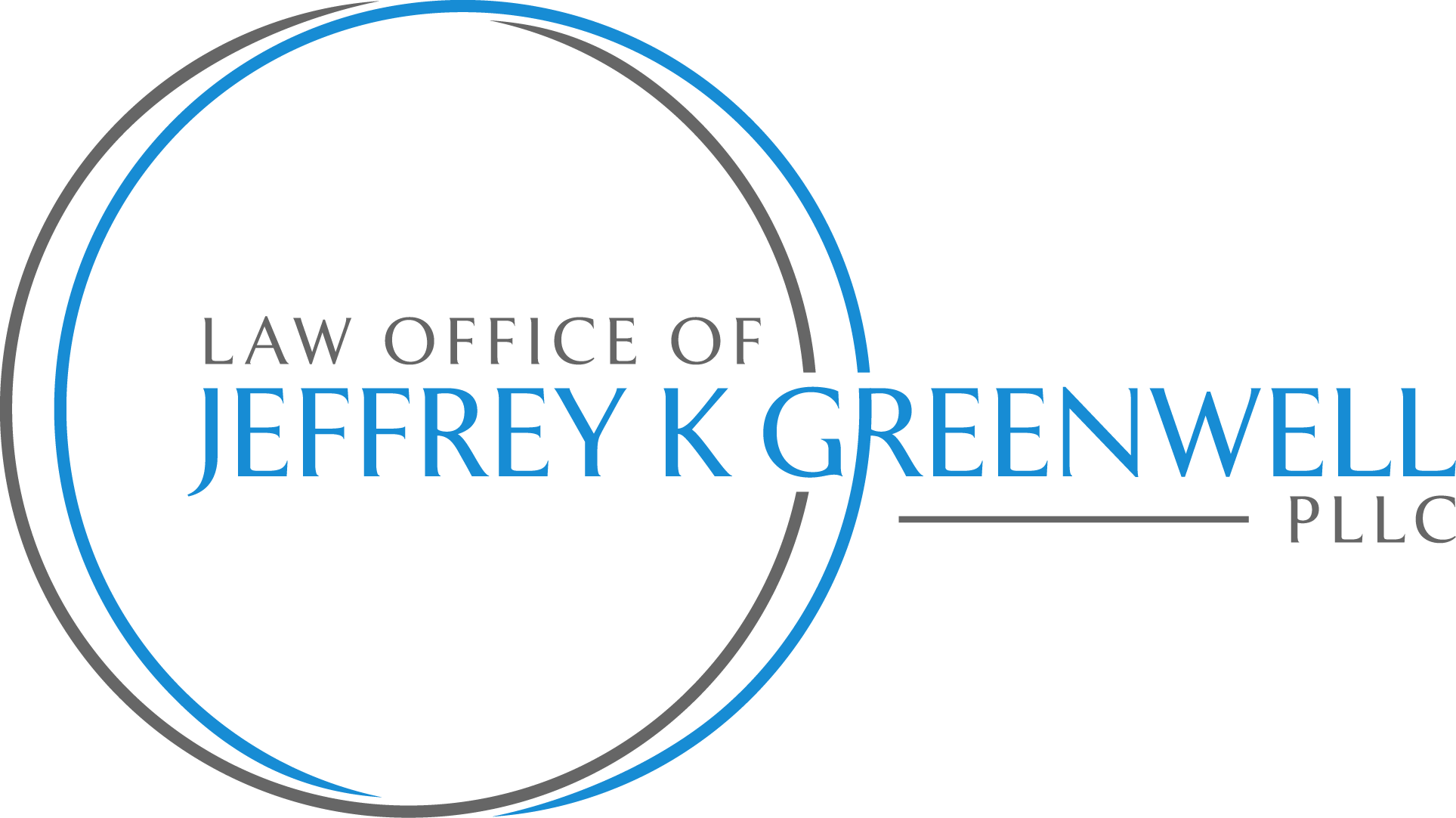To be able to keep your property that’s collateral or security on a secured debt, you must give that secured creditor “adequate protection.”
In the bankruptcy system, debtors and creditors each get certain protections.
“Automatic Stay” Protection for You
A major protection that you as a debtor filing bankruptcy get is the “automatic stay.” That’s the part of bankruptcy law which stops creditors’ collection actions against you. That includes stopping a secured creditor from repossessing or foreclosing its collateral or its security. (See Section 362(a) of the U.S. Bankruptcy Code.)
The automatic stay protection goes into effect immediately upon your filing of bankruptcy. But it doesn’t necessarily keep the collateral protected for the long term. The creditor can challenge that protection.
“Adequate Protection” Protection for Secured Creditors
“Adequate protection” refers to what you must provide to your creditor to be able to keep your collateral long-term. The term refers to conditions you must meet to keep the automatic stay in effect. (See Section 361 of the U.S. Bankruptcy Code.)
Why the Creditor Gets “Adequate Protection”
Bankruptcy law tries to respect and balance debtors’ and creditors’ property rights.
With secured debts, your original contract gave you a right to keep the collateral, but only while meeting certain conditions. You could keep possession as long as you made payments when due, maintained insurance, and maybe met some other conditions.
That contract also gave your creditor the right to take away the collateral if you didn’t satisfy the conditions. So you’d lose the collateral if you didn’t make payments on time or keep insurance in effect.
Your bankruptcy filing stops your creditor from taking the collateral, but then you still have to satisfy the creditor’s property rights. You do that by providing the creditor “adequate protection.”
What is “Adequate Protection”?
The Bankruptcy Code says that “adequate protection” is
provided by… mak[ing]… periodic cash payments to [the creditor] to the extent that the [automatic] stay… results in a decrease in the value of such [creditor’s] interest in such property.”
See Section 361(a) of the Bankruptcy Code.
In practical terms this means is that to maintain the automatic stay and keep collateral you need to:
-
- pay the creditor periodic (usually monthly) payments
- in an amount large enough to at least offset any reduction of the creditor’s interest in the property while you keep the property
Payments to Offset the Decrease in the Value of Creditor’s Interest in the Property
This essentially means that you need to pay enough each month to make up for depreciation and any other loss in value of the collateral while you continue in possession of it.
Take an example of a vehicle loan. The vehicle loses value simply by the passing of time and from your use of the vehicle. Assume that over the course of one year your $15,000 used vehicle would depreciate by $2,400—to being worth $12,600. That’s $200 of reduction in value each month. To provide adequate protection you would have to pay the creditor at least $200 towards the loan each month.
Beyond depreciation, there’s a risk that your vehicle could be damaged or destroyed in an accident. It could also be stolen. The creditor is also entitled to protection from these possible big decreases in the value of its collateral. So besides the $200 per month, adequate protection requires you to maintain insurance on the vehicle.
Conclusion
Again, if you provide adequate protection in these ways, you can protect the collateral securing your secured debts in the long run.
